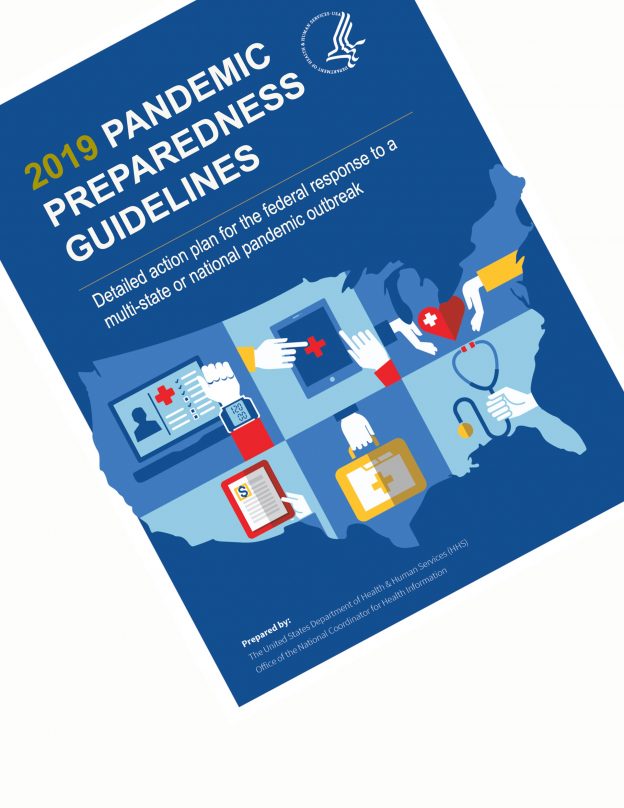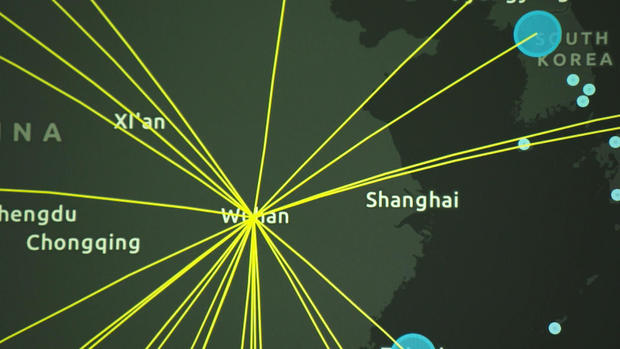Very few of my Followers on social media, most of whom are on the Right (for some reason), seem to care about this number: 61,349 Americans dead from Coronavirus. On March 31, it was 3,900 deaths! This is Cancel Culture!
But I care. American deaths account for a fourth of the world’s deaths, including the undeveloped world. Without making you more weary than you already are, I’ll get to the data I find useful amid the white noise—provide some periodic clarity in this age of chaos.
From Barely A Blog:
http://barelyablog.com/:
1. Here Is What Canada’s Outbreak Scientists Knew About WuFlu By December 31 (And The US Was Too Callous and Incurious To Find Out)
http://barelyablog.com/what-canadas-outbreak-scientists-knew-about-wuflu-by-december-31/
2. If you get COVID, and it’s not the mild kind, you want a good outcome. Listen, then, not to the Just-The-Flu cohort, but to the brilliant, heroic, Dr. Richard Levitan:
Dr. Richard Levitan, an airway[s] [pulmonary] specialist who has practiced emergency medicine for over 30 years, is well aware of the urgency of the COVID-19 pandemic. When the virus began to overwhelm New York City at the end of March, he rushed from his home in New Hampshire to volunteer at Bellevue Hospital.
The Levitan interview is one of the clearest presentations I’ve watched. I’m honored to share this humble man’s wisdom and intelligence: “Patients Should Be Going to Hospitals Sooner.” You want to avoid the ventilator. And it’s a good time to acquire an oximeter. Listen:
As someone who has a daughter who suffered severe asthma as a child, I recognize the overcompensation Dr. Levitan describes so poignantly. Like the asthmatic, COVID patients compensate to the point of irreversible, dangerous, breathing difficulties. They can be blue around the mouth, yet still walking and talking.
I will never forget my daughter’s South-African pediatrician scolding me, then a young mom: “You waited too long to bring her in! Do you know how heroic these kids are! They learn to function with low oxygen levels.” What passion. The same passion for his patients I detect in Dr. Levitan.
3. Pulmonary specialist and ICU physician Vin Gupta, out of my state of WA, mentioned that COVID-19 is present for 21 days at least in the nasal tract. He noted that, while saliva tests are promising; antibody tests are inconclusive. Why not impart such practical data at the White House briefings?
Stay safe,
More later,
ilana




